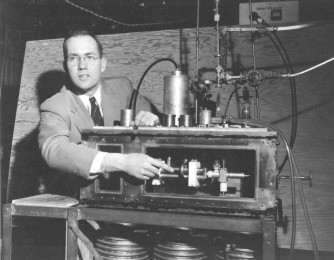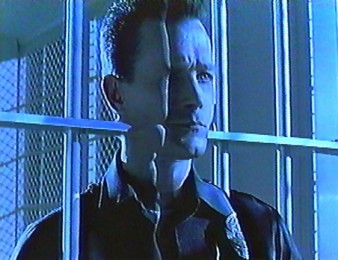 Physicists at Harvard University claim to have made a breakthrough in optics that will mean perfect colours can be captured with a flat ultra thin lens.
Physicists at Harvard University claim to have made a breakthrough in optics that will mean perfect colours can be captured with a flat ultra thin lens.
The prototype, made of a glass substrate, includes small light concentrating silicon antennae – when light is shone on the lens it bends immediately but light passes through.
And the effects of the bending can be designed in software and fine tuned for different applications.
Robert Wallace, professor of applied physics at Harvard said: “What this now means is that complicated effects like colour corrections, which in a conventional optical system would require light to pass through several thick lenses in sequence, can be achieved in one extremely thin, miniaturised device.”
Bernard Kress, in charge of Google optics, posed a challenge to work toward the goal of a flat lens. And for him, at least Google Glass is not dead and buried.
He said: “The Google Glass group is relying heavily on state of the art optical technologies to develop products that have higher functionalities, are easier to mass produce, have a smaller footprint, and are lighter, without compromising efficiency.”
The Harvard physicists think the invention will rival equipment used in photography, astronomy and microscopy. It will also likely e used in optical comms devices, compact cameras and imaging devices.







